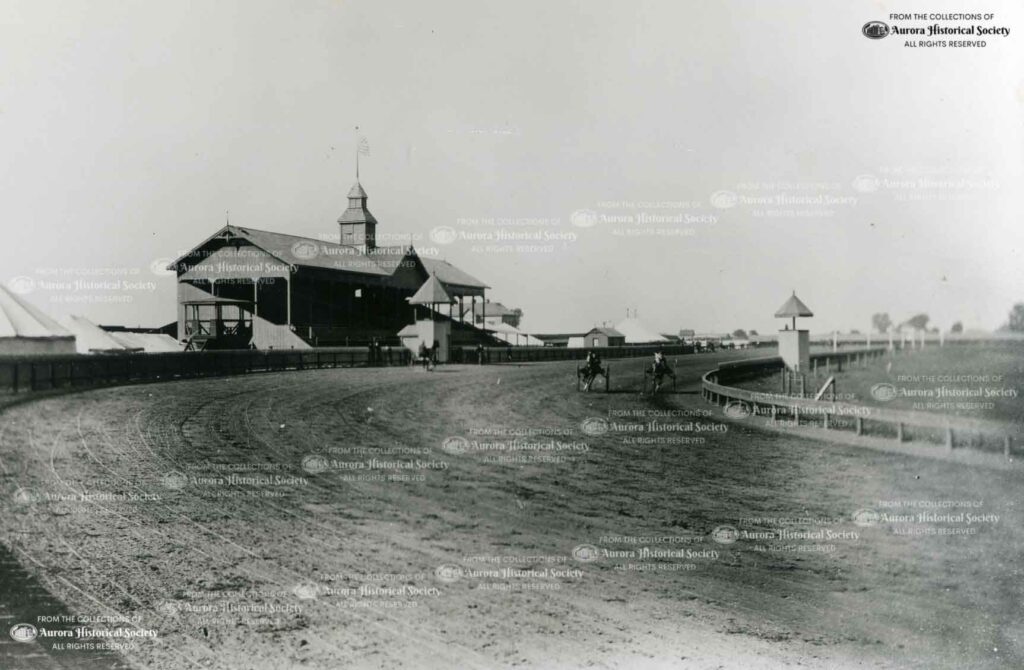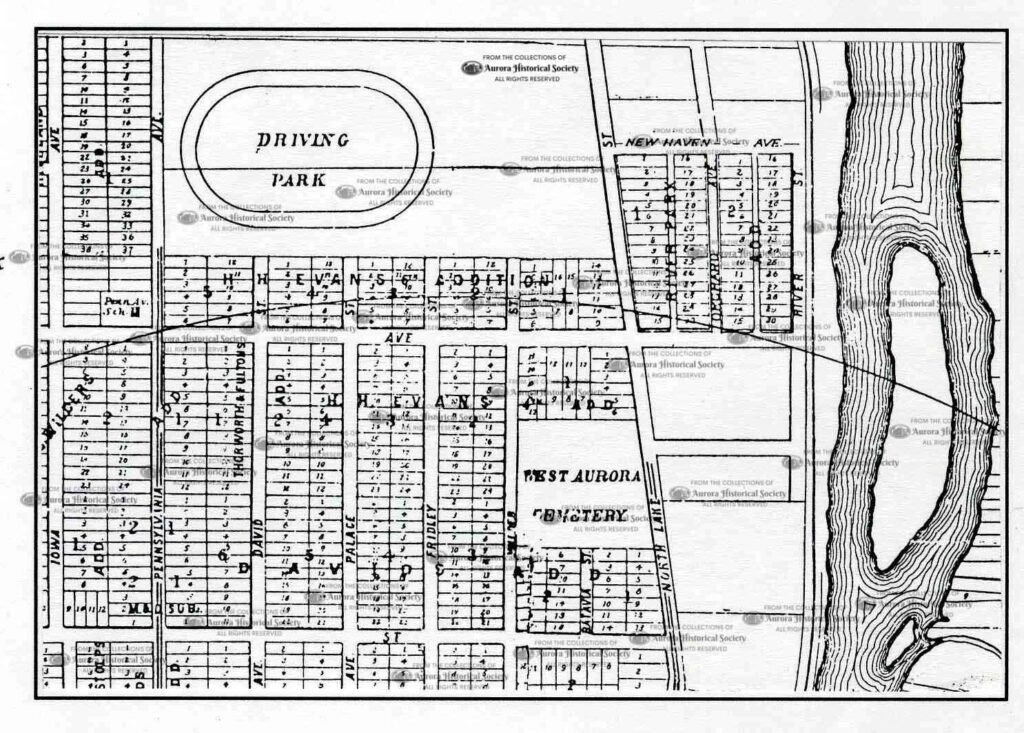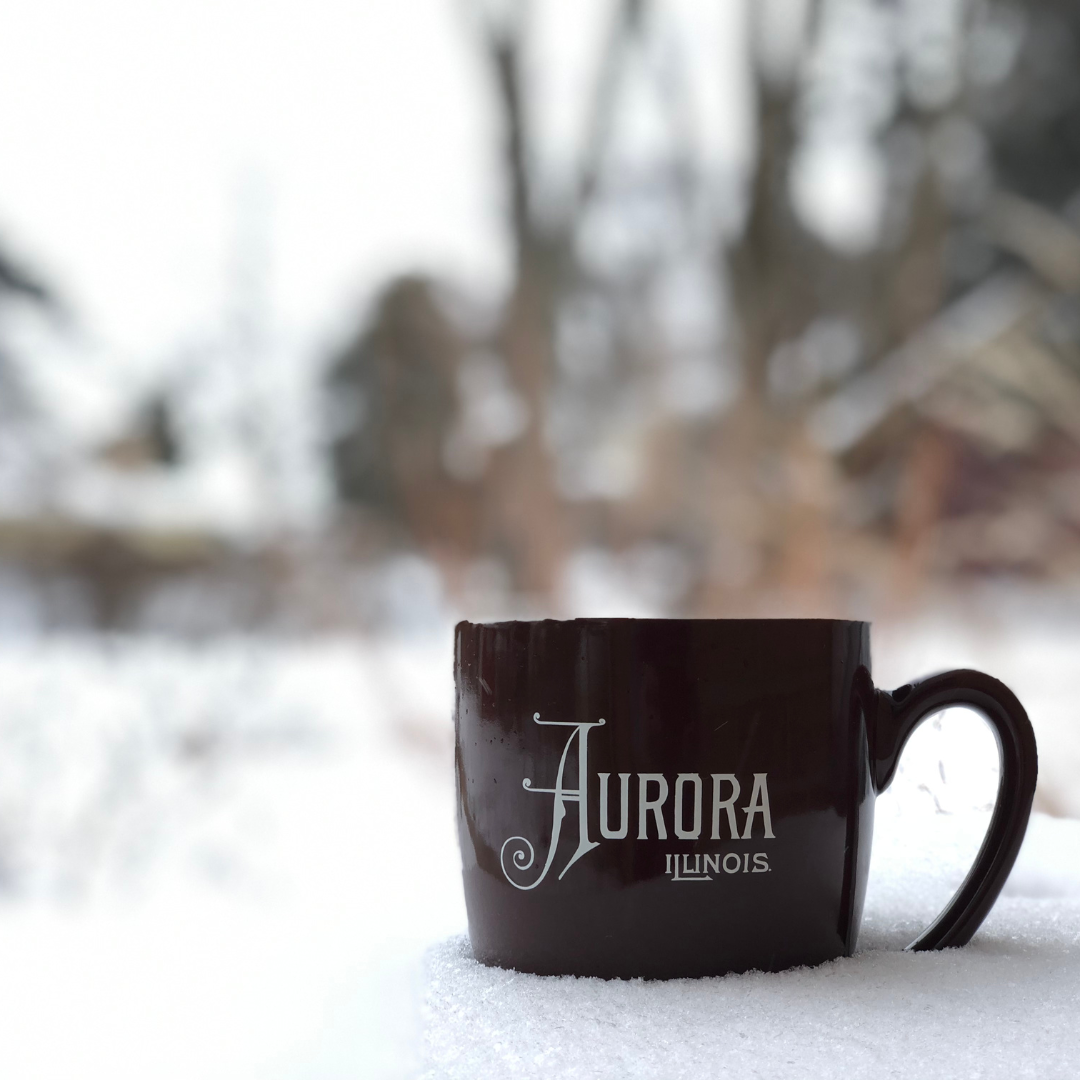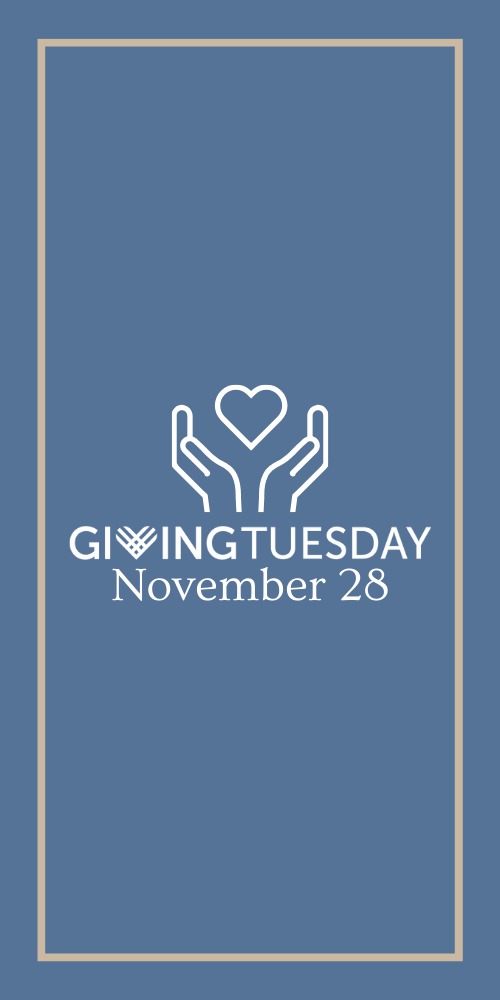By John Jaros
As the baseball season is underway, this month we look back 130 years, to April 1891, for a baseball story from that bygone era.
That April, Chicago’s National League team (the team that would later become the “Cubs”), led by player-manager Adrian “Cap” Anson, was about to begin their official season. Anson, dubbed “Cap” for “Captain,” was one of the best-known ballplayers and biggest stars of the early baseball era.
Anson had begun his professional career as a player in 1871 with the formation of the National Association, baseball’s first professional league. In 1876, six clubs from the league and two independent teams banded together to form the new National League.
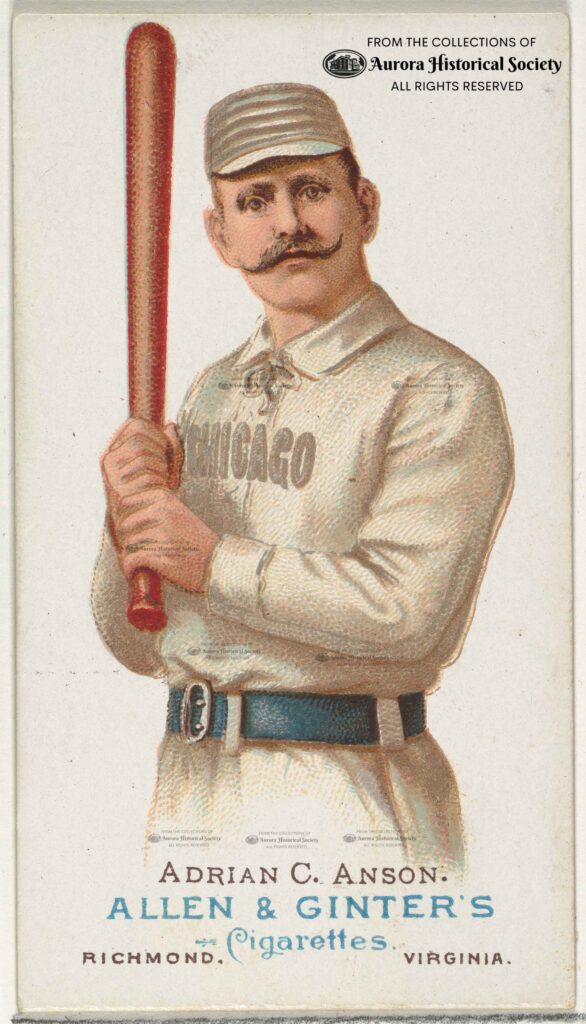
The new league was the idea of the William Hulbert, owner of the Chicago White Stockings (no relation to the later American League team by the same name). Hulbert acquired ace pitcher Albert G. Spalding, who would also serve as captain/manager. Hulbert and Spalding influenced other stars to come along– including premier catcher James “Deacon” White and first baseman Adrian Anson. With an elite roster, the White Stockings promptly won the league championship that year.
Anson continued to play for the White Stockings, and from 1879 onward also served as manager or captain. One of the best hitters of his era, Anson dominated the decade of the 1880s, winning two batting titles and finishing second in batting four times, while also leading the league in runs batted in (RBIs) seven times. With Anson leading the way, the White Stockings won five pennants between 1880 and 1886.
Before the start of the 1886 season, Anson and Al Spalding (who was by then president and part owner of the club), decided to take the team to Hot Springs, Arkansas for spring training—a practice that eventually became an annual event in warm weather locations for all teams in the league.
By 1890, Anson was still playing and managing. By that time, the team had undergone changes in personnel and had many new, young players. Because of this, sportswriters dubbed Anson’s team the “Colts,” a name that stuck until Anson left the team nearly a decade later.
But back to April, 1891. Spring training had been over for two weeks, and Anson’s Colts were about to kick off the regular season with a four-game series in Pittsburgh starting April 22. But they were still looking for one more warm-up.
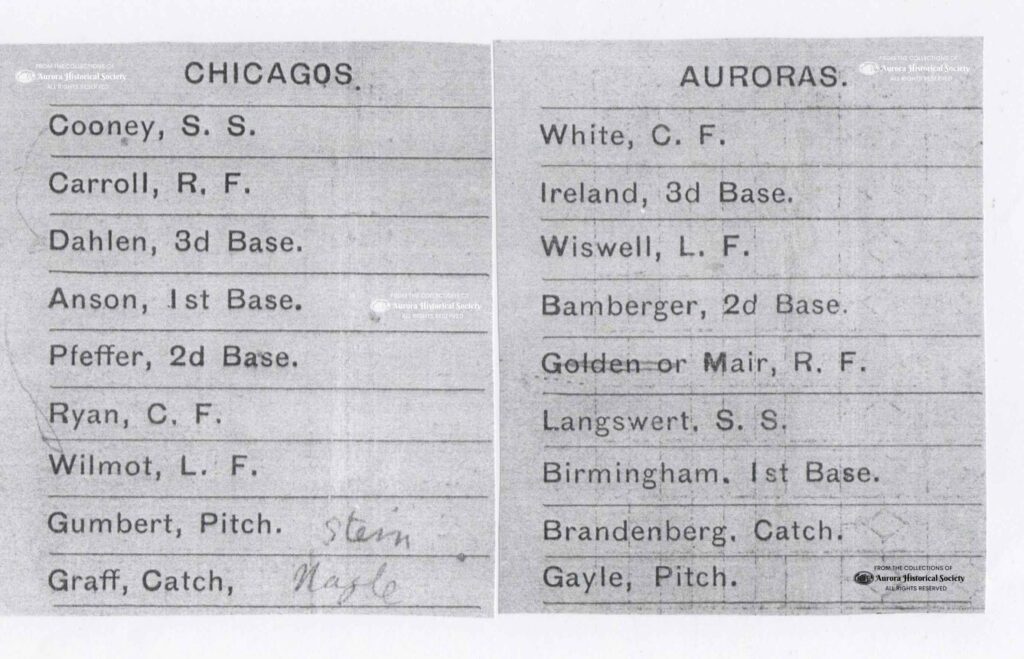
It just so happened that nearby Aurora had a semi-pro (minor league) team, a member of the Illinois-Iowa League. So a game between the two teams was scheduled for Monday, April 20, 1891 in Aurora.
The Aurora team’s fancy new uniforms had just arrived–uniforms incidentally made by A. G. Spalding & Bros. of Chicago, which also produced the official baseball used in the major leagues. The Aurora Beacon reported, “The uniforms are of a bright maroon color, with black letters across the breast, black cap and black stockings. They are very handsomely made and very showy, and will make a fine appearance on the diamond. It is thought that these uniforms will be the finest of any in the league. The boys will break them out next Monday when they cross bats with Capt. Anson’s famous ‘colts’ from Chicago.”
Perhaps the new uniforms did make a difference, because on April 21, the day after the big game, the Beacon ran the headline: “KNOCKED OUT ANSON. Anson’s Colts, the Pride of Chicago, Fall Before The Aurora Invincibles.”

Aurora Driving Park c. 1890, site of Chicago-Aurora baseball game (Aurora Historical Society Photo) 
1891 map detail showing Aurora Driving Park, north of Illinois Ave. & west of Lake St. — now Riddle Highlands (Aurora Historical Society Collections)
Calling it “one of the finest games ever played in Aurora,” the Beacon reported that “A thousand people witnessed a brilliant game at the driving park yesterday afternoon between the Auroras and Anson’s famous ‘colts.’ If weather had not been threatening the crowd would have been larger.”
The final score was: Aurora, 4 runs on 9 hits; Chicago, 3 runs on 8 hits. Aurora pitcher Robert Gayle, “the left-handed wonder” got the win, striking out ten.
Just two days later, Anson’s Colts began the regular season, winning three of four at Pittsburgh. With Anson earning his eighth and final RBI crown that season, the team went on to an 83-52 record, good enough for second in the league.
Aurora’s boys, on the other hand, didn’t far so well. The team, which came to be called the “Maroons” because of their uniforms, clung fiercely to last place in their 8-team league. On June 16, 1891, after their 27th loss (vs. just 11 wins), the owners met and decided to disband the team, releasing the players and freeing them to seek positions on other teams.
At the start of the following season, 1892, Aurora had no team in the Illinois-Iowa League. But on May 31, the Peoria club was transferred to Aurora. Like the team the prior year, this team was disbanded on July 5. Aurora would not have another minor league ballclub for twenty years, when the city was represented in the Wisconsin-Illinois League for three seasons, 1910 to 1912.
“Cap” Anson continued to play for and manage Chicago’s Colts through 1897. When his contract was not renewed the following year, the press dubbed the team the “Orphans.” In 1902, the team was rebuilding with many new, young players and, reflecting that, a sportswriter began to call the team the “Cubs.” The name stuck, and was officially adopted by the team in 1907—a year the team won the first of two consecutive World Series.

